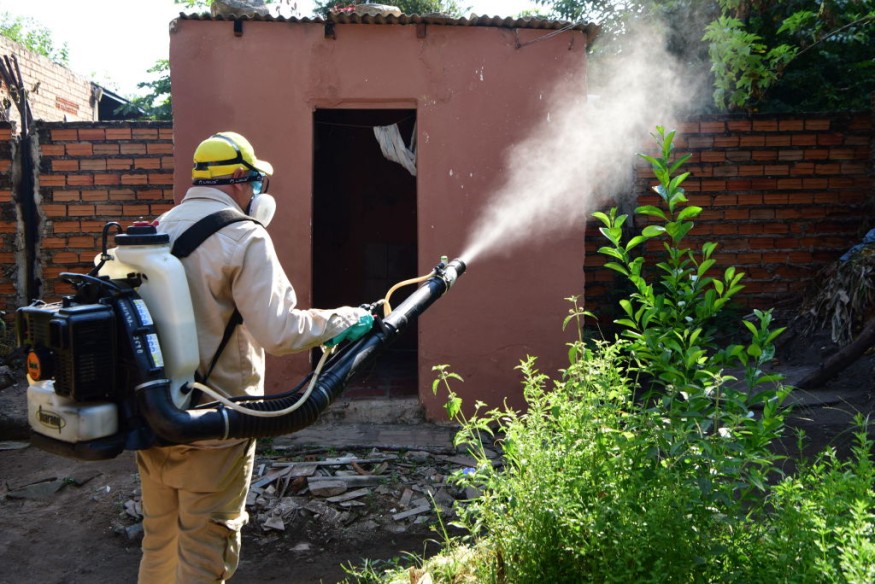
Recent research shows that starting in 2025, there will be a net reduction in the number of places in Africa where malaria can spread.
Temperature And Surface Water
Malaria, a vector-borne disease that is sensitive to climate change, claimed 608,000 lives in 2022 out of 249 million cases.
Although 95% of cases worldwide are reported in Africa, recent years have seen a standstill in spending on global solutions to malaria management, which has caused decreases in cases there to plateau or even reverse.
There has been less worldwide investment in malaria control in recent years, which has slowed or even reversed the decline in cases in Africa. This emphasizes how important it is to comprehend how malaria spreads and its underlying causes.
According to new research, changes in temperature and surface water availability will lead to a decline in disease-transmission sites after a few years.
They estimate that starting in 2025, there will be a general decline in the number of sites where malaria can spread due to the hot, dry weather brought on by climate change.
Additionally, changes in malaria suitability are observed in different locations and are more vulnerable to future greenhouse gas emissions than previously believed, according to the new hydrology-driven approach.
For instance, projected reductions in malaria suitability in West Africa are expected to reach as far east as South Sudan, contrary to what rainfall-based models suggest, while projected increases in South Africa are currently observed to follow watercourses like the Orange River.
The main innovation is that these models take into account the fact that not all water collects in areas where it rains. This implies that breeding grounds favorable for malaria mosquitoes may also be more prevalent-particularly along significant river floodplains in the dry, savanna-like areas that are characteristic of many African locations.
"What is surprising in the new modeling is the sensitivity of season length to climate change-this can have dramatic effects on the amount of disease transmitted," co-author of the study Professor Chris Thomas from the University of Lincoln said.
Malaria Transmission
Simon Gosling, a professor of climate risks and environmental modeling at the University of Nottingham who co-authored the study and assisted in the planning of the water modeling experiments used in the investigation, demonstrates the intricate ways in which surface water flows alter the likelihood of malaria transmission throughout Africa.
This is made feasible by a significant research program carried out by the global hydrological modeling community to gather and disseminate estimates of the effects of climate change on water flows worldwide.
"Although an overall reduction in future risk of malaria might sound like good news, it comes at the cost of reduced water availability and a greater risk of another significant disease, dengue," he added.
In order to provide even more precise information about the dynamics of waterbodies, the researchers anticipate that subsequent developments in their models will enable them to better assist national malaria control initiatives.
Researchers believe that soon they will be able to use globally available data to determine not just the locations of potential habitats but also the species of mosquitoes that are most likely to breed there. This will enable people to truly target their interventions against these insects.
Related Article : Climate Change Poses Threats To Kenya's Fight Against Malaria
© 2025 NatureWorldNews.com All rights reserved. Do not reproduce without permission.





